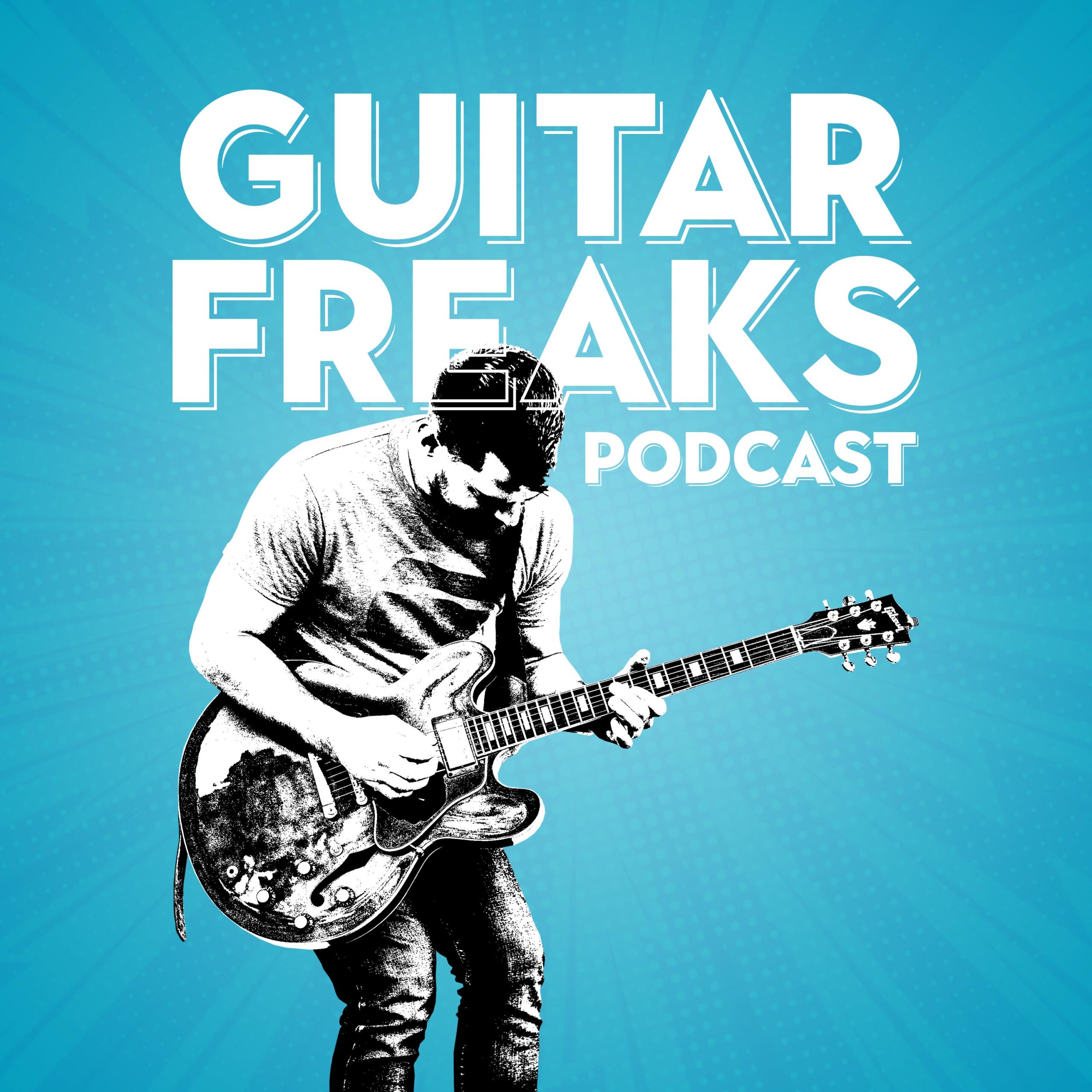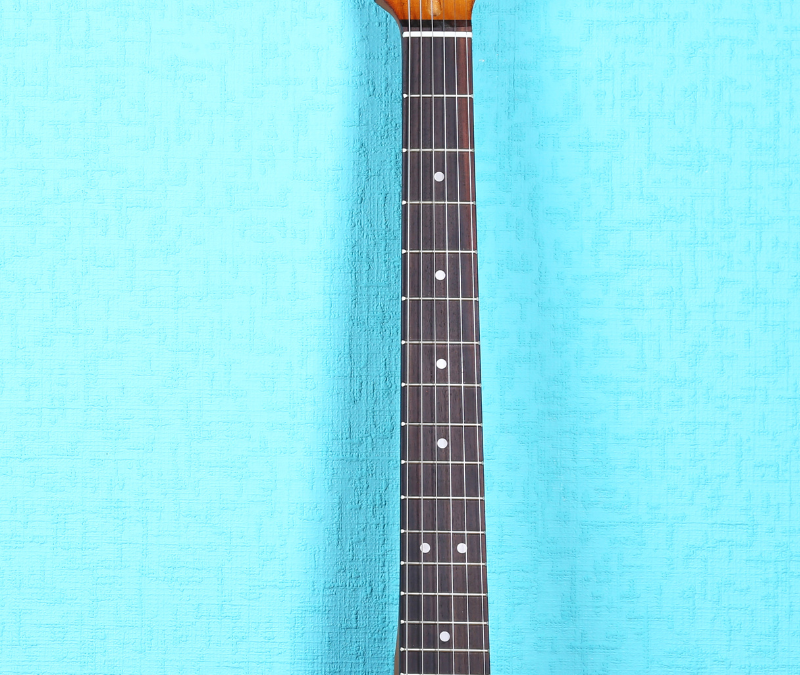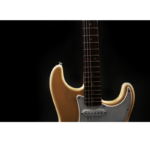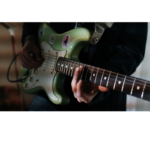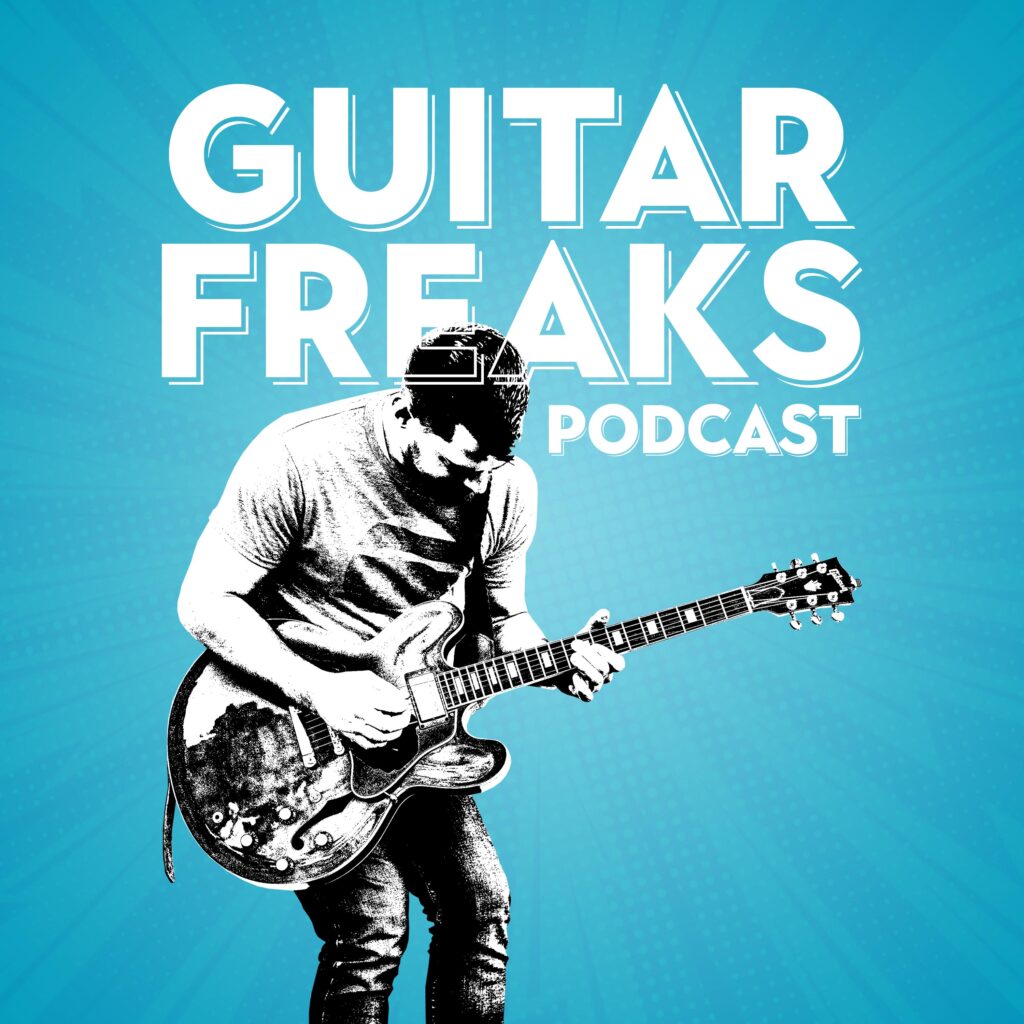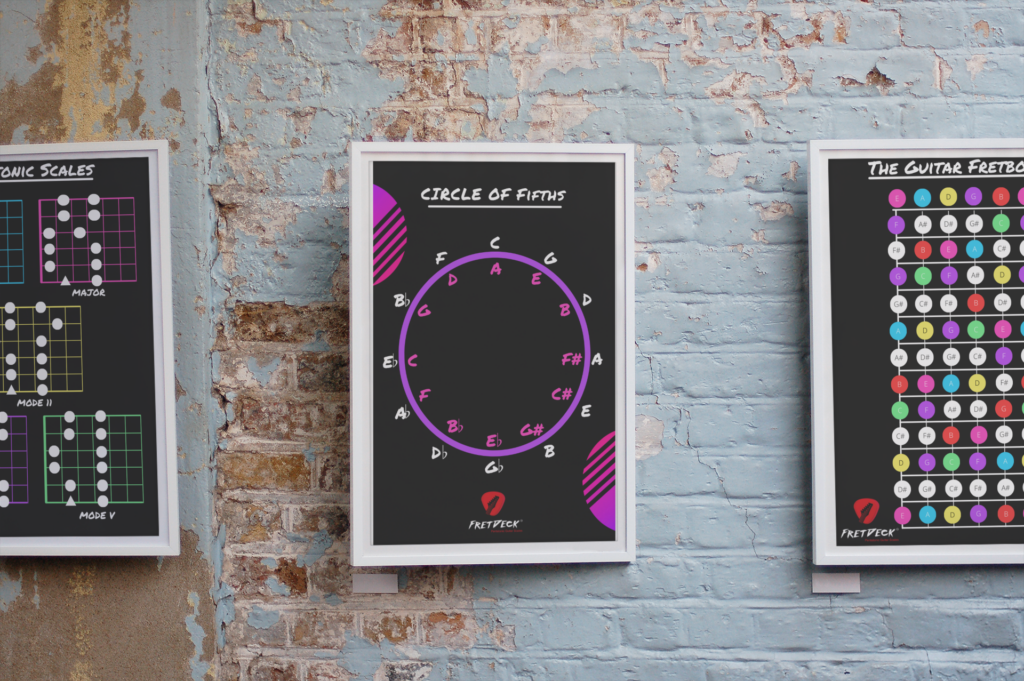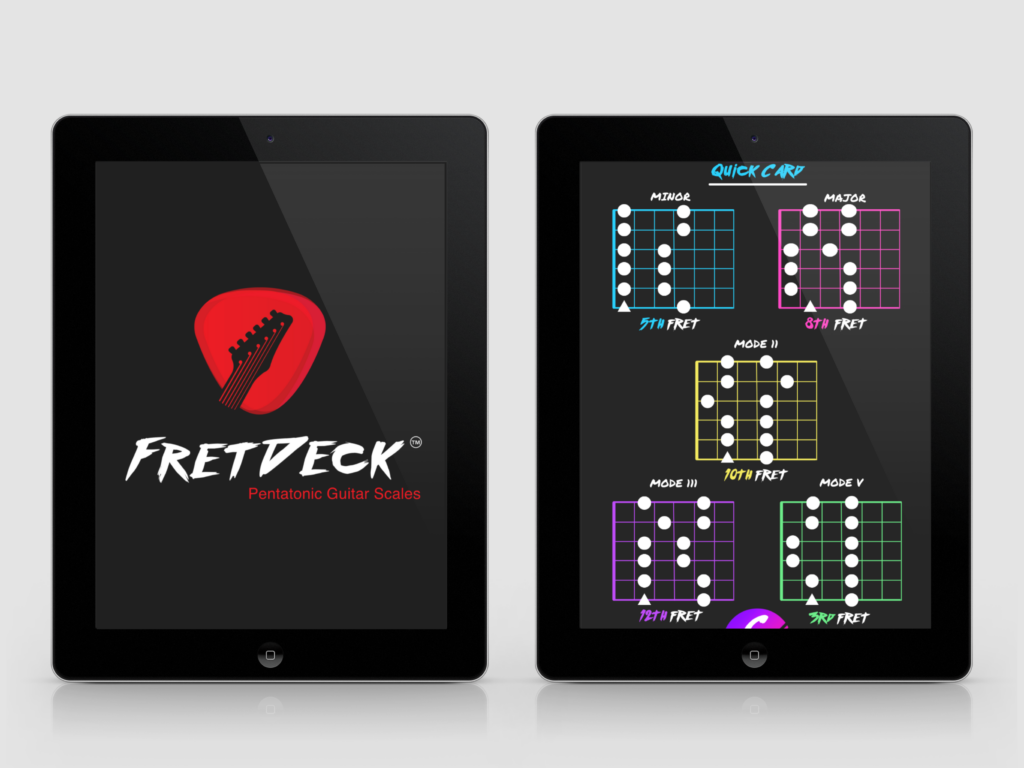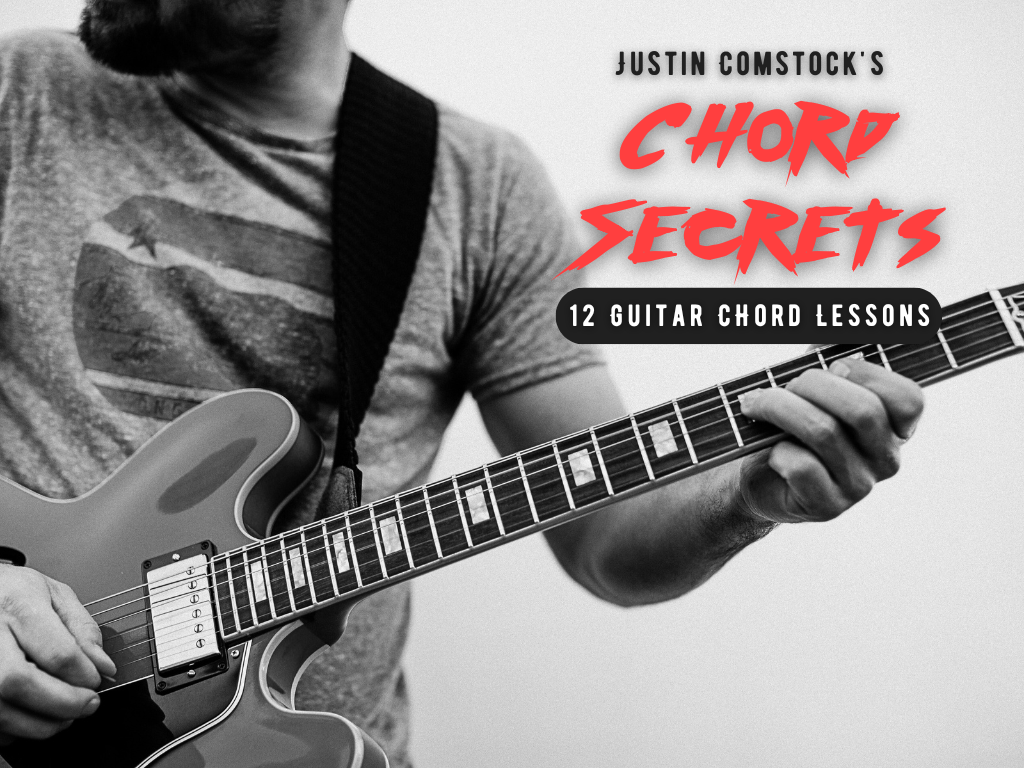Let’s be real. There are millions of guitar videos on YouTube, hundreds of apps, and endless PDFs with diagrams that promise to turn you into the next Clapton or Mayer and best ways to learn guitar
But if you’re still struggling to actually feel progress on the fretboard—if your fingers don’t quite know where to go, and your solos feel more like guesswork than groove—you’re not alone.
The truth is, most guitarists don’t need more information.
They need a better system—and the right focus.
In this post, I’ll break down the 12 best ways to learn guitar, based on what I’ve seen work for students, pros, and weekend warriors alike. These aren’t trendy hacks. They’re real tools and mindsets that build muscle memory, fretboard fluency, and creative confidence.
You’ll also see why I built FretDeck: Pentatonic Guitar Scales, and how our Guitar Freaks Hangout Discord is giving players a place to connect, jam, and get real feedback.
If you’re serious about learning guitar—and doing it the right way—this is your roadmap.
Let’s dive in. 🎸

❌ Stop Guessing. Start Shredding.
If you’re still fumbling through scale patterns and box shapes… it’s costing you progress.
FretDeck™ is the no-fluff system that shows you exactly how to master the fretboard—fast. Early access.
⚡️ This isn’t for dabblers. It’s for players who want results.
👉 Click here to join the pre-launch now
Early access. Limited rewards. Don’t wait.
1. Learn the Right Scales First
The best ways to learn guitar always begin with the fundamentals. And when it comes to lead playing, those fundamentals live in three essential scales:
✅ Minor Pentatonic – Your go-to for blues, rock, and soul.
✅ Major Pentatonic – Bright, melodic, and perfect for country or pop.
✅ Blues Scale – Adds tension, color, and phrasing options instantly.
Start with these. Don’t chase modes or jazz scales until these are second nature. They’re everywhere in the music you love.
2. Use FretDeck to Actually Learn the Fretboard
Most players “sort of” know where notes are.
But when it’s time to solo? They’re guessing.
That’s where FretDeck comes in.
It’s a physical deck of guitar learning cards that helps you:
✔ Learn all 60 pentatonic scale patterns in every key
✔ Visualize root notes across the fretboard
✔ Practice one thing at a time—without overwhelm
✔ Build real riffs and solo phrases with targeted prompts
Think of it like flashcards for fretboard mastery—but cooler, and built for guitarists.
🎴 🔥 Get FretDeck Now on Kickstarter — Master the Neck Without Guesswork
3. Apply Scales Over Backing Tracks
Learning scales in isolation will only take you so far.
If you want to play music—not just patterns—you need to solo over real tracks.
🎧 Choose a backing track in A minor
🎸 Use just five notes from the A minor pentatonic scale
🌀 Focus on phrasing, rhythm, and space—not speed
Practicing like this trains your ear and your feel—two things no diagram can give you.
💬 Join Our Discord for Exclusive Backing Tracks & Riff Prompts
4. Break Out of Boxes With the “One String” Method
If the fretboard still feels like a maze, try this:
🎯 Pick one string (like the G string)
🎯 Play the C major scale horizontally across the string
🎯 Improvise short melodic lines
Why it works:
- Forces you to hear intervals, not just shapes
- Helps you visualize the neck in a linear way
- Builds phrasing and expression naturally
This is how great players develop touch, control, and style.
5. Play Along With Real Songs
If you’re wondering what the best ways to learn guitar rhythm, timing, and tone are—it’s this.
Choose classic, simple songs with solo sections and:
✔ Play along note-for-note
✔ Listen for phrasing, not just pitch
✔ Add your own twist once you’re comfortable
Try these beginner-friendly solos:
- “Wish You Were Here” – Pink Floyd
- “The Thrill Is Gone” – B.B. King
- “Come As You Are” – Nirvana
Don’t just learn the notes—learn the feel.
6. Learn Scales in Context (Not Just in Boxes)
One of the most underrated best ways to learn guitar is to connect scales to chords.
Use the CAGED system to do this:
🎸 Play an A major chord shape
🎸 Overlay the A major pentatonic scale around it
🎸 Now solo and target chord tones
You’ll start to see how the fretboard connects—and more importantly, how to solo with intention over progressions.
7. Use “Call and Response” to Build Solos That Speak
Great solos aren’t just runs. They’re conversations.
Use this trick:
- Play a phrase (Call)
- Pause
- Respond with a second phrase (Response)
- Leave space. Let it breathe.
You’ll begin to tell a story—which is what a great solo is all about.
8. Create Micro Licks From Larger Patterns
Instead of practicing a full 5-position scale every day, try isolating tiny licks and making music from them.
Example:
e|--5h8p5----|
B|-------8---|
Repeat it. Shift it up. Flip the rhythm.
These micro licks become the DNA of your solos—like reusable words in your guitar vocabulary.
9. Train Your Ear By Singing Scales
One of the best ways to learn guitar that nobody talks about is this:
🎤 Play a note
🎵 Sing the next note in the scale before you play it
🎸 Then match your voice to the guitar
It builds:
- Ear training
- Fretboard awareness
- Phrasing control
You’ll be amazed how much more melodic your solos become when your voice leads your hands.
10. Add the Blues Note for Grit and Feel
The blues scale is just a minor pentatonic with one added note: the ♭5.
Use it to:
- Create tension and release
- Add color to bland licks
- Tap into that SRV / Clapton / B.B. King energy
🎸 Just don’t overuse it. Let the note breathe. Slide into it. Pull off from it.
Make it a moment, not a habit.
11. Build Momentum with FretDeck Practice Prompts
Every FretDeck card isn’t just a shape—it’s a mission.
One card might say:
“Play G minor pentatonic. Write a 4-bar solo over a blues in G. Target the root and flat 7.”
Another might say:
“Use E major pentatonic in box 3. Add bends and slides on every phrase.”
This kind of targeted practice is one of the best ways to learn guitar scales and apply them in real music.
🎯 Back FretDeck on Kickstarter – Includes Practice Prompt Expansion Pack

❌ Stop Guessing. Start Shredding.
If you’re still fumbling through scale patterns and box shapes… it’s costing you progress.
FretDeck™ is the no-fluff system that shows you exactly how to master the fretboard—fast. Early access.
⚡️ This isn’t for dabblers. It’s for players who want results.
👉 Click here to join the pre-launch now
Early access. Limited rewards. Don’t wait.
12. Don’t Go It Alone — Join Guitar Freaks Hangout
You’ll learn 10x faster when you’re around others doing the same work.
Inside our free Guitar Freaks Discord, you’ll get:
- 🎵 Daily riff and scale prompts
- 🎙 Solo critique sessions
- 🔁 Jam loops from fellow players
- 📘 My exclusive eBook Fret Logic (free for members)
💬 Join Guitar Freaks Hangout — Free Discord for Guitar Players
This is where practice turns into progress—and solos turn into stories.
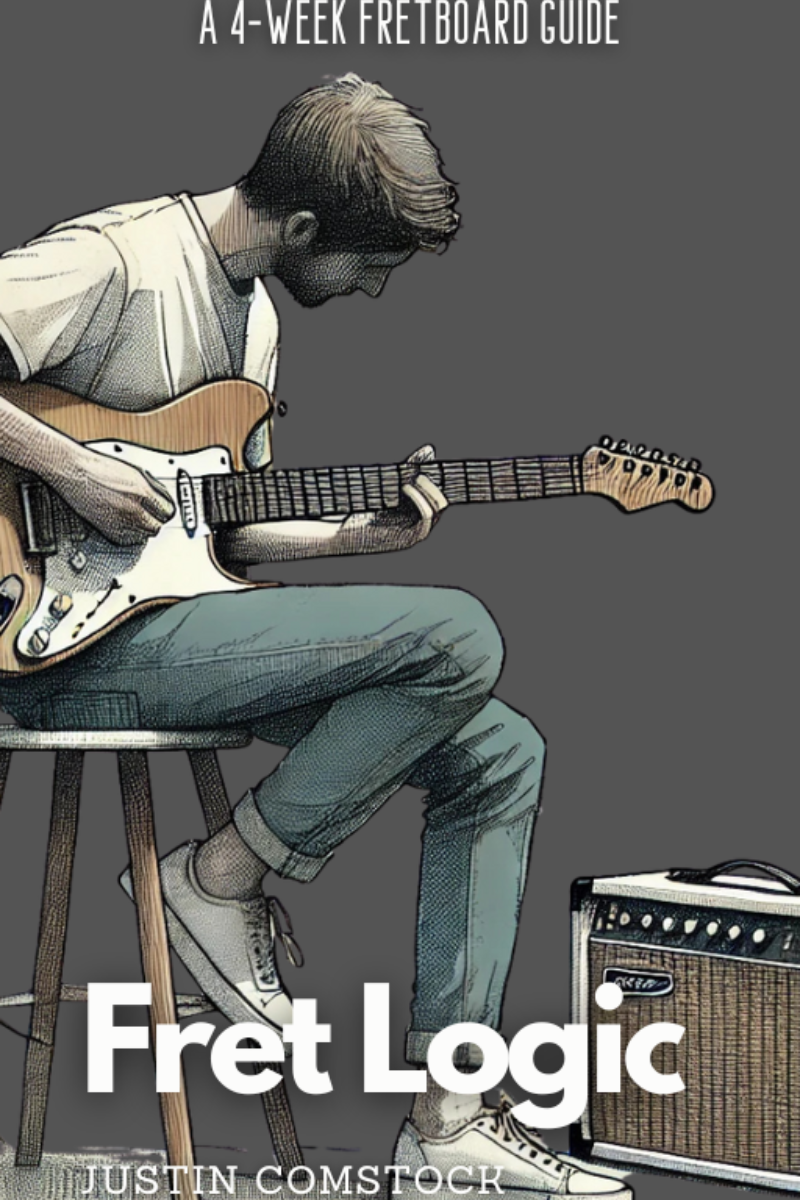
Join Guitar Freaks Hangout on Discord! 🎸
Get Fret Logic FREE!
Join the Guitar Freaks Hangout Discord and get exclusive access to my entire e-book, Fret Logic! Master the fretboard and elevate your solos with this comprehensive guide.
👉 Don’t miss out—join now and download your free copy!
Final Thoughts: Learn Guitar by Playing, Not Just Practicing
At the end of the day, the best ways to learn guitar come down to this:
✔ Practice scales with intention
✔ Apply them in real music
✔ Use tools (like FretDeck) that make the neck less mysterious
✔ Join a community that keeps you accountable
✔ Focus less on speed—and more on sound
You don’t need more diagrams.
You need clarity, structure, and a way to make your practice feel like progress.
What to Do Next:
✅ Back the FretDeck Kickstarter – Get the tool that changes how you learn guitar forever
✅ Join the Discord – Post your first riff, get feedback, and connect with other players
✅ Practice ONE scale a day – And turn it into a riff that means something
🎴 🔥 Grab FretDeck + Practice Prompts — Live on Kickstarter
💬 Join Guitar Freaks Hangout – Our Free Guitar Discord
Internal & External Resources:
🎸 JustinGuitar’s Essential Lessons (Great for Structured Practice)
